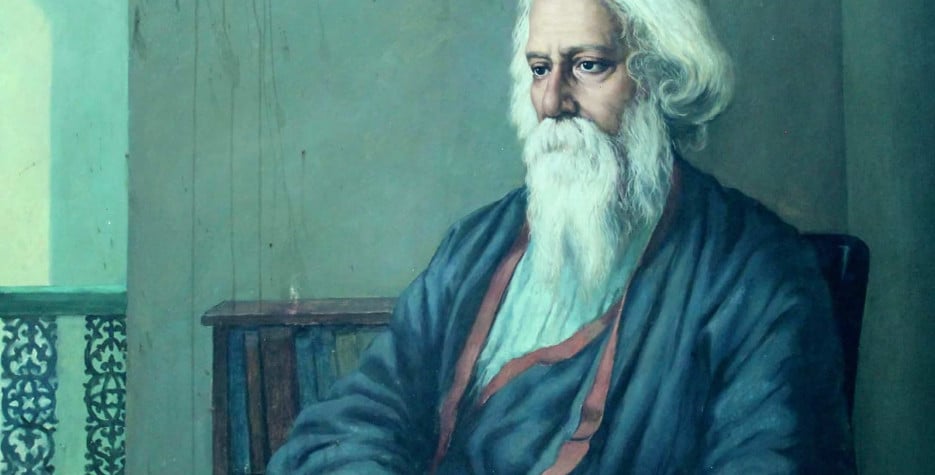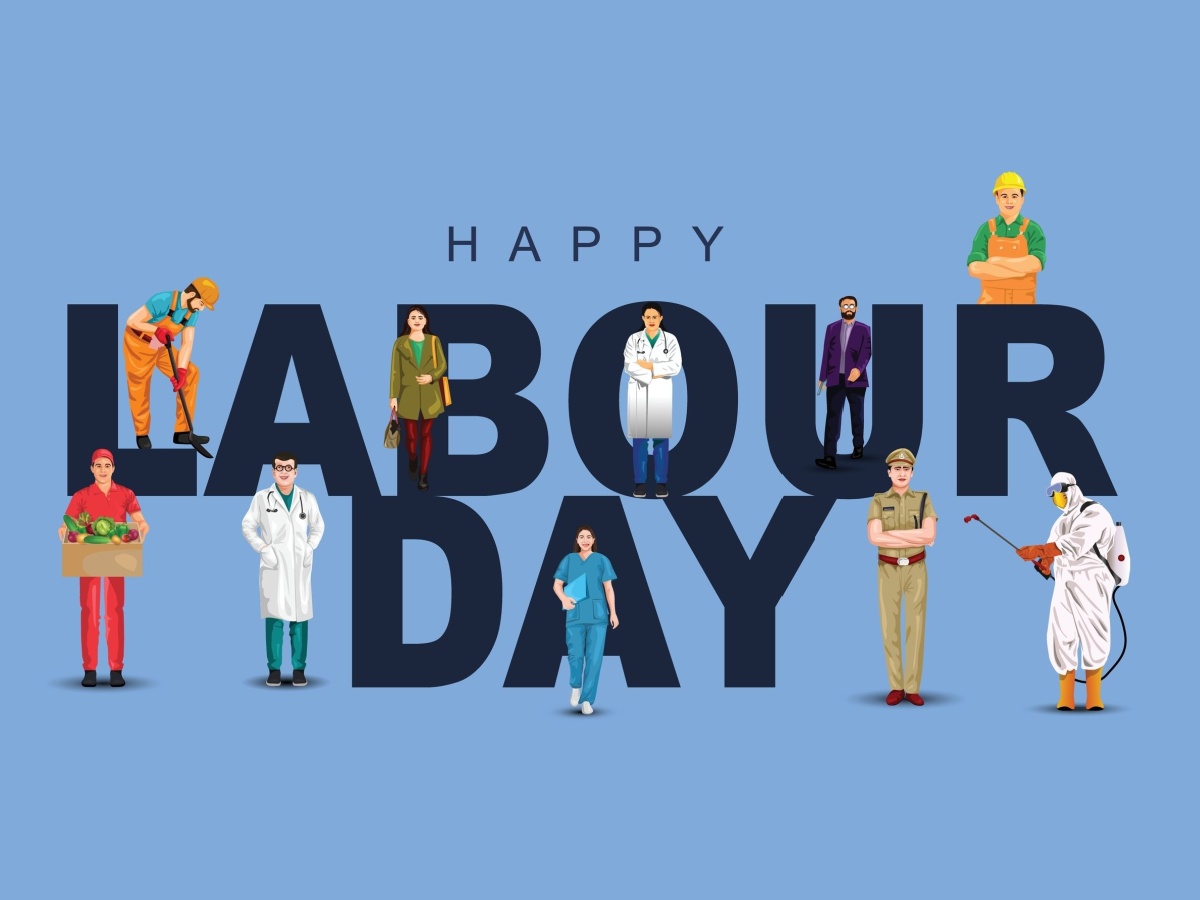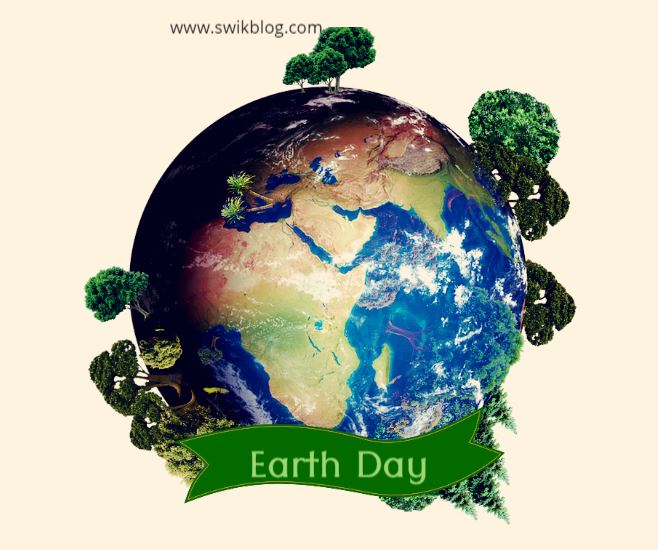“We are Indians, firstly and lastly.” – Dr. B. R. AMBEDKAR
Dr. Bhimrao Ambedkar Ramji, popularly known as Babasaheb Ambedkar, was an Indian lawyer, economist, politician, and social reformer who influenced the Dalit Buddhist movement and fought against untouchable (Dalits) racial injustice. A well-known politician and distinguished lawyer, his attempts to eliminate social inequalities such as untouchability and caste restrictions were noteworthy.
Ambedkar Jayanti, or Bhim Jayanti, is the annual festival that is celebrated in memory of BR Ambedkar on 14 April 1891 and commemorates Dr. BR Ambedkar’s birthday. This has been celebrated in India as an official public holiday since 2015. Ambedkar Jayanti is not only celebrated in India but worldwide. This year the nation will observe the 134th anniversary of Babasaheb.
Childhood History of Babasaheb Ambedkar
Bhimrao Ambedkar was born in Mhow Army Cantonment, Central Provinces (Madhya Pradesh) on April 14, 1891. The father of Ambedkar-Ramji was a subedar in the Indian army, and the family moved to Satara after the father’s retirement in 1894. Shortly after this, his mother, Bhimabai, died. His father remarried four years later, and the family moved to Bombay. In 1906 , 15-year-old Bhimrao married 9-year-old Ramabai. His father died in Bombay in 1912.
Throughout his education, Ambedkar faced caste discrimination stigmas. Hailing from the Hindu Mahar caste, his family was seen as “untouchable” by the upper classes. Discrimination and humiliation have deeply affected Ambedkar at the Army School. Fearing social backlash, teachers would separate lower-class students from Brahmins and other upper-class students. The untouchable students were sometimes asked by the teacher to sit outside the classroom.
B.R Ambedkar Education History
Ambedkar studied at Columbia University and the London School of Economics for his doctorate in economics, and he became a well-known scholar for his work in law, economics, and political science. He was an economist, a professor, and a lawyer in his early life.
Upon coming back from the United States, Ambedkar was named as King of Baroda’s Defense Secretary, but there he also met with embarrassment because he was an “Untouchable.”
Fight Against Caste Discrimination
Upon his return to India, Bhimrao Ambedkar vowed to fight his lifelong caste prejudice. He called for the proposal of reservations for Dalits and other religious outcasts. By 1927, Ambedkar had initiated full-scale Dalit rights movements. He requested free and available public drinking water sources for all castes and entry into temples. He publicly condemned Hindu scriptures for bigotry and organized symbolic protests for the entry into the Nashik Kalaram Temple.
Facts about Babasaheb Ambedkar
- Ambedkar became the first Indian to obtain a PhD in economics abroad; he is also the first PhD in economics and the first double PhD in South Asia.
- The Indian Reserve Bank was established in accordance with the guidelines provided by Dr. Ambedkar to the Hilton Young Commission (also known as the Royal Commission on Indian Currency and Finance) based on his book, The Problem of the Rupee—Its Origin and Its Solution.
- The Mahad Satyagraha (Chavdar Tale Satyagraha) was a satyagraha led by Ambedkar on 20 March 1927, to authorize nontouchables to use water in a public tank in Mahad, Maharashtra.
- Since it was discriminatory and contrary to the values of unity and dignity of the country, Ambedkar declined to draft Article 370 of the Constitution (which provides the State of Jammu and Kashmir with special status).
- In October 1956, he withdrew from the Hindu religion in desperation because of the continuation of the untouchability and became a Buddhist with nearly 200,000 Dalits during the ceremony in Nagpur.
- He found the Buddha, Kabir, and Phule as his gurus. According to him, intelligence, modesty, and morality need to be worshipped.
- Dr. Ambedkar, as labor leader of the Viceroy’s Council from 1942 to 1946, was instrumental in introducing many labor reforms. He introduced the shift in working hours from 12 hours to 8 hours at the 7th Indian Labor Conference in New Delhi in November 1942.
- It took B.R. Ambedkar 2 years & 11 months to draft the world’s largest democracy’s constitution.
Famous books written by Babasaheb Ambedkar
- For caste , “ Annihilation of caste ”
- To know the origin of the caste system, read “Castes in India; Their Genesis, Mechanism, and Development.”
- For shudras, “Who were the shudras?”
- For Untouchables, “The Untouchables: Who Were They and Why Did They Become Untouchables?”
- For Hinduism, “ Philosophy of Hinduism ”
- For Buddhism, “ Buddha and his Dhamma”












